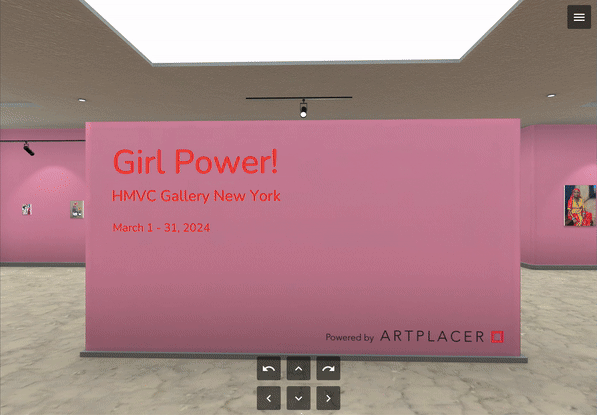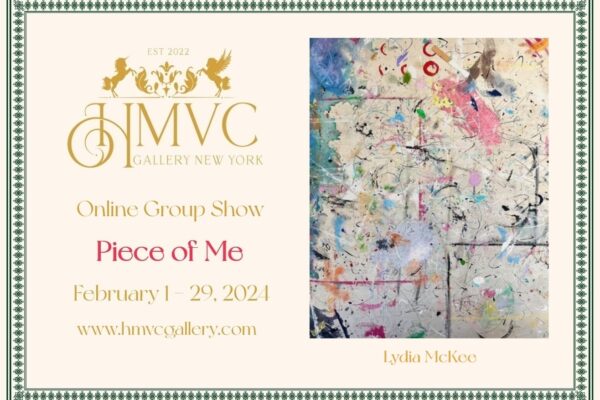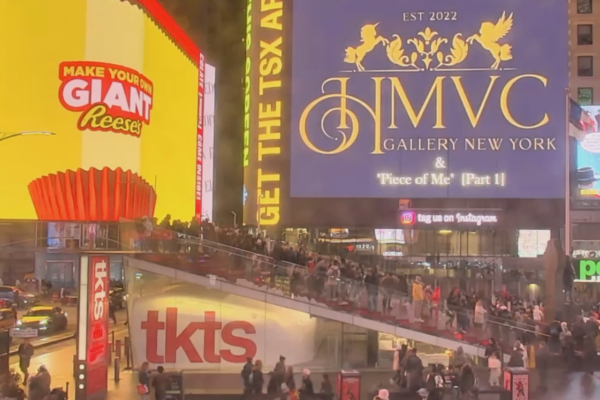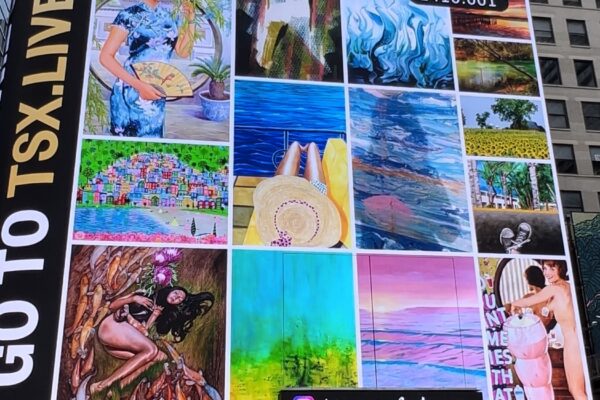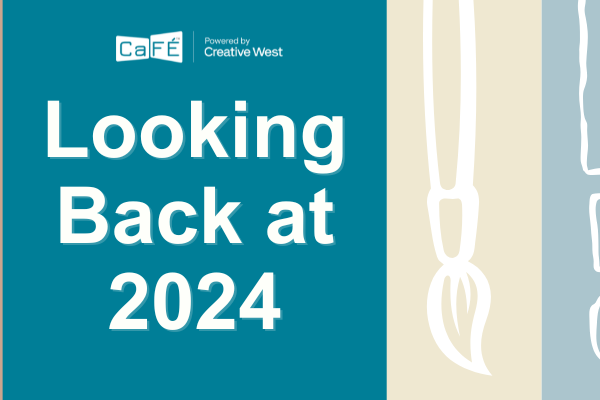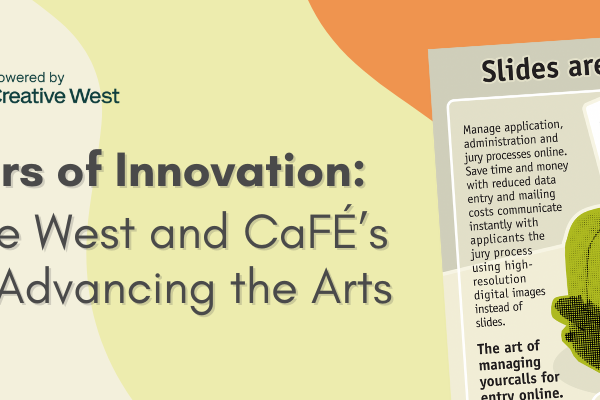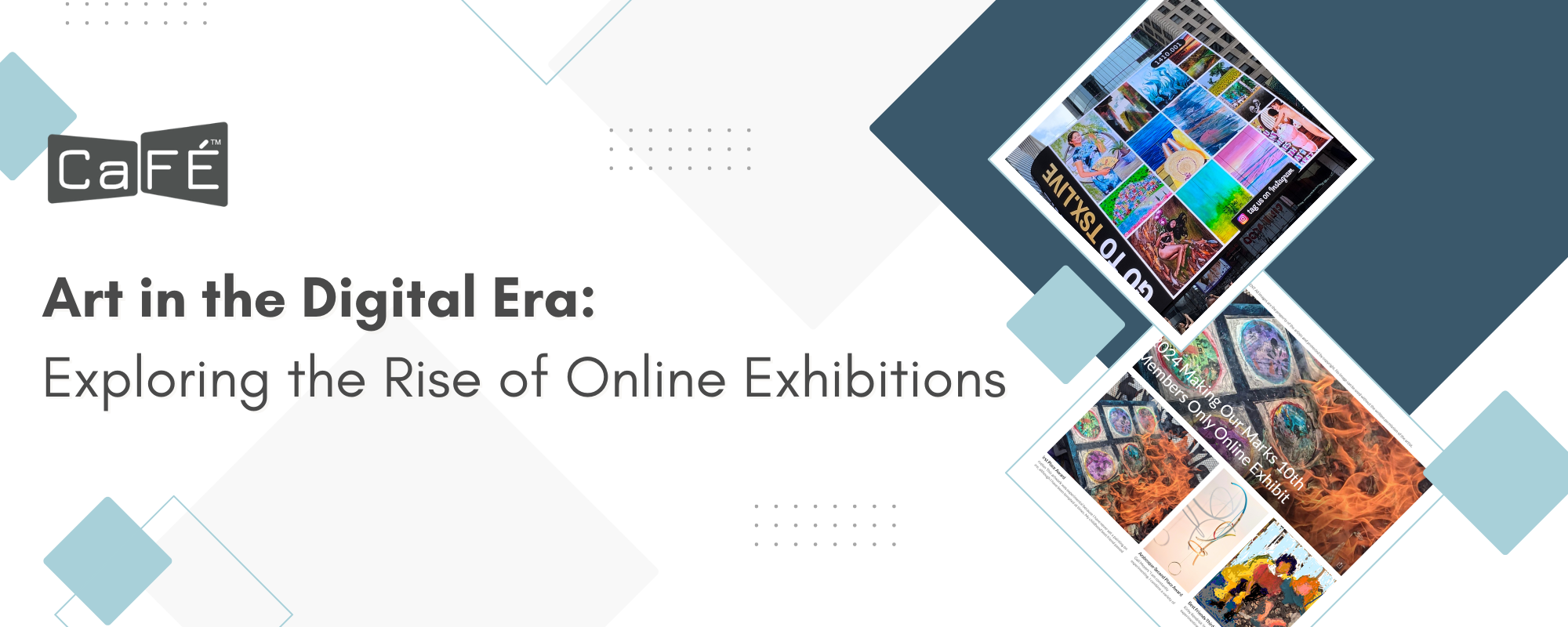
Online art exhibitions are becoming more prevalent in the art world today. This is due to many factors, including the advancement of technology, increased online engagement since the COVID-19 pandemic, and higher operating costs. While most can agree online art shows are not the same as in-person exhibitions, the digital world provides many benefits to both art organizations and artists. In this blog post, we dive into these benefits and take a look at two organizations that make the most of online exhibitions.
Online Recognition at the International Society of Experimental Artists

The most glaring upside to online art exhibitions is their accessibility. Without the constraints of physical locations, anyone with access to the Internet can immerse themselves in art from the comfort of their homes. The International Society of Experimental Artists (ISEA) takes advantage of this approach. In addition to an annual, in-person show, ISEA holds two online exhibitions a year to showcase the talent of its members. These online exhibitions allow members to show their works, gain recognition, and win monetary awards — all without the logistics or cost of shipping. Moreover, ISEA can display more artwork online than in an in-person venue, having displayed 196 art pieces for its latest Making Our Marks all-member exhibition.
Visit ISEA’s recent all-members online exhibition, Making Our Marks 2024.
Putting together online exhibitions requires unique strategies for success. For ISEA, these strategies center on consistency and ease of entry, both of which become more achievable by using CaFÉ. Copying over the call details year after year allows the call administrators to keep the information consistent and only update what’s needed, ensuring a seamless setup process. ISEA also aligns its application with CaFÉ’s image requirements to prepare its members for entry. “We suggest artists upload their artwork and information regarding the piece in advance to make the process easier for them from start to finish,” said ISEA President Patti Sevensma. Throughout the process, ISEA administrators have both the artists and jurors in mind to assemble successful online exhibitions year after year.
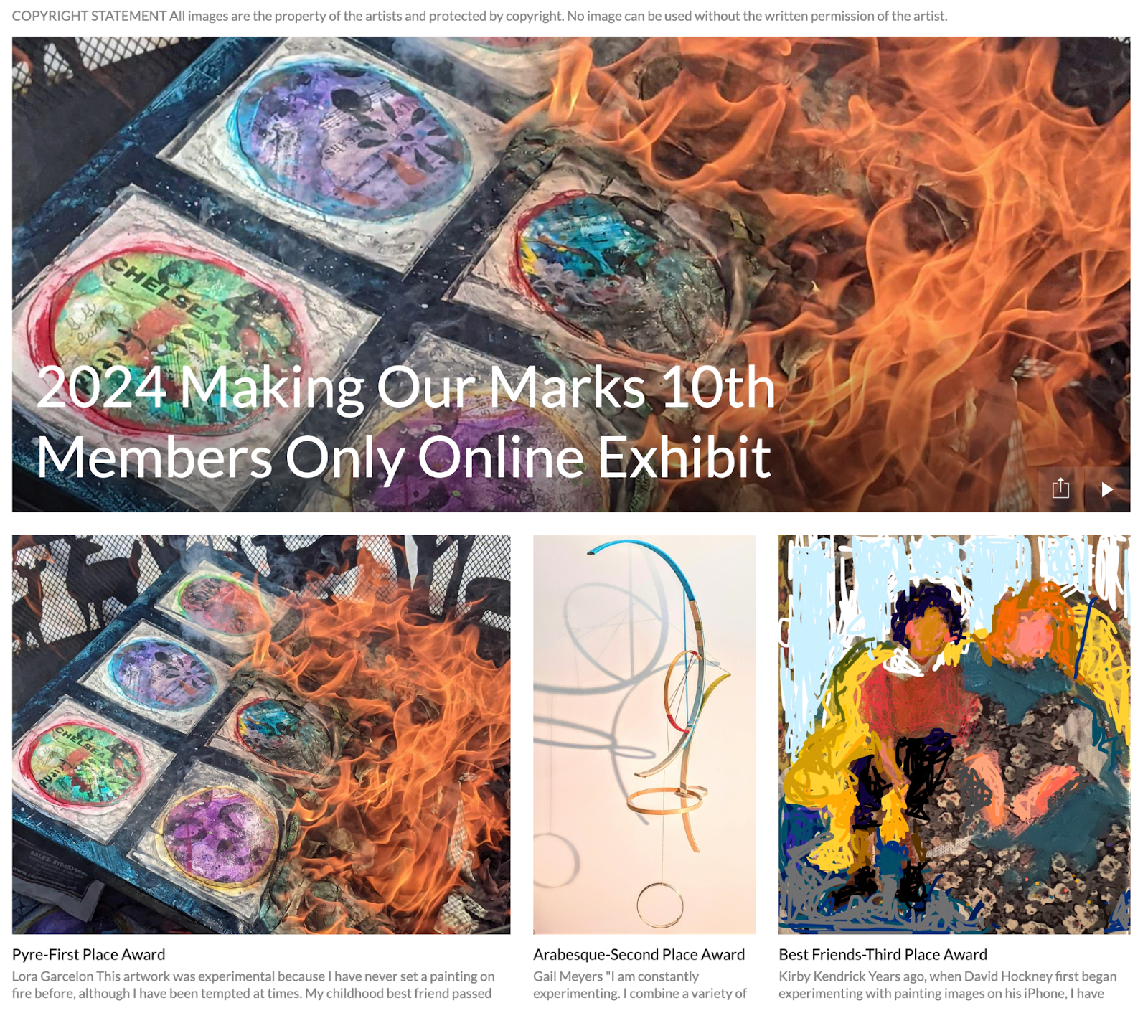
Online exhibitions do not come without their own drawbacks, as viewing artwork on a computer screen does not compare with experiencing the art in person. “Jurying for awards cannot be done from the original pieces of art,” said Sevensma. “Details, textures, and the dimension of the pieces get lost.” Therefore, the quality of the image becomes far more important. Artists must upload images of their artwork that accurately represent their artwork and will present well on the website. Another potential downside is the lack of community engagement that brick-and-mortar galleries foster. Without in-person opening receptions or a physical gallery presence, opportunities for connection between the artists and the viewers may be lost. For ISEA, supplementing its programming with online exhibitions generates more recognition of its members, as opposed to being an equal alternative to the network building that its in-person exhibition brings.
TIP: If you’re an artist, click here to learn more about properly photographing your artwork.
Doing More for Artists at HMVC Gallery
Another organization that leans into the advantages of virtual exhibitions is the HMVC Gallery, a contemporary online art gallery based in New York. Artwork selected for its monthly exhibitions displays on the website and inside a virtual reality platform that enables the viewer to “walk” around the gallery and view the art. “The advantage of exhibiting art virtually is that it extends an artist’s reach far beyond the local crowd,” said Heini Mika, chief curator at HMVC Gallery. “Artists get to connect with a very broad and diverse set of viewers, collectors, and buyers compared to a traditional, in-person art show or fair.”

While expanded exposure is the main draw to online galleries, it may not be enough for artists. This is why HMVC Gallery makes a concerted effort to be a valuable avenue for artists to promote their work. In addition to having their work featured on its website and virtual gallery, artists accepted into an exhibition receive a personalized poster to promote themselves on social media, a certificate of participation, and more. “Every month we pick three winners to receive cash prizes and a solo show the following month, “ said Mika. “Our most iconic reward is a video clip of the show featuring all participating artists’ artworks that then appears on a jumbotron billboard in New York City’s Times Square.”
Using high-quality technology and diversifying their marketing efforts have helped shape HMVC Gallery into a worthwhile opportunity for any artist. Pushing the limits of a virtual exhibition and building a strong online presence led to the gallery gaining popularity from all kinds of artists since it was established two years ago. “We have worked very hard to build this reputation and trust with our artists,” Mika said. “And it is incredible to see so many of them return month after month.”
Left to Right: 1) Personalized Poster, Artwork by Lydia McKee; 2-3) HMVC Gallery Display in Times Square, New York City
Embracing the Possibilities of Online Art Exhibitions
While online art exhibitions may not fully replicate the experience of in-person shows, they offer unparalleled accessibility and reach. Organizations like the ISEA and HMVC Gallery demonstrate the potential of virtual platforms to showcase talent, foster recognition, and extend opportunities for artists beyond geographical limitations. By leveraging technology and innovative strategies, these platforms enhance the visibility and impact of art in the digital age, bridging gaps and opening doors for artists worldwide.

